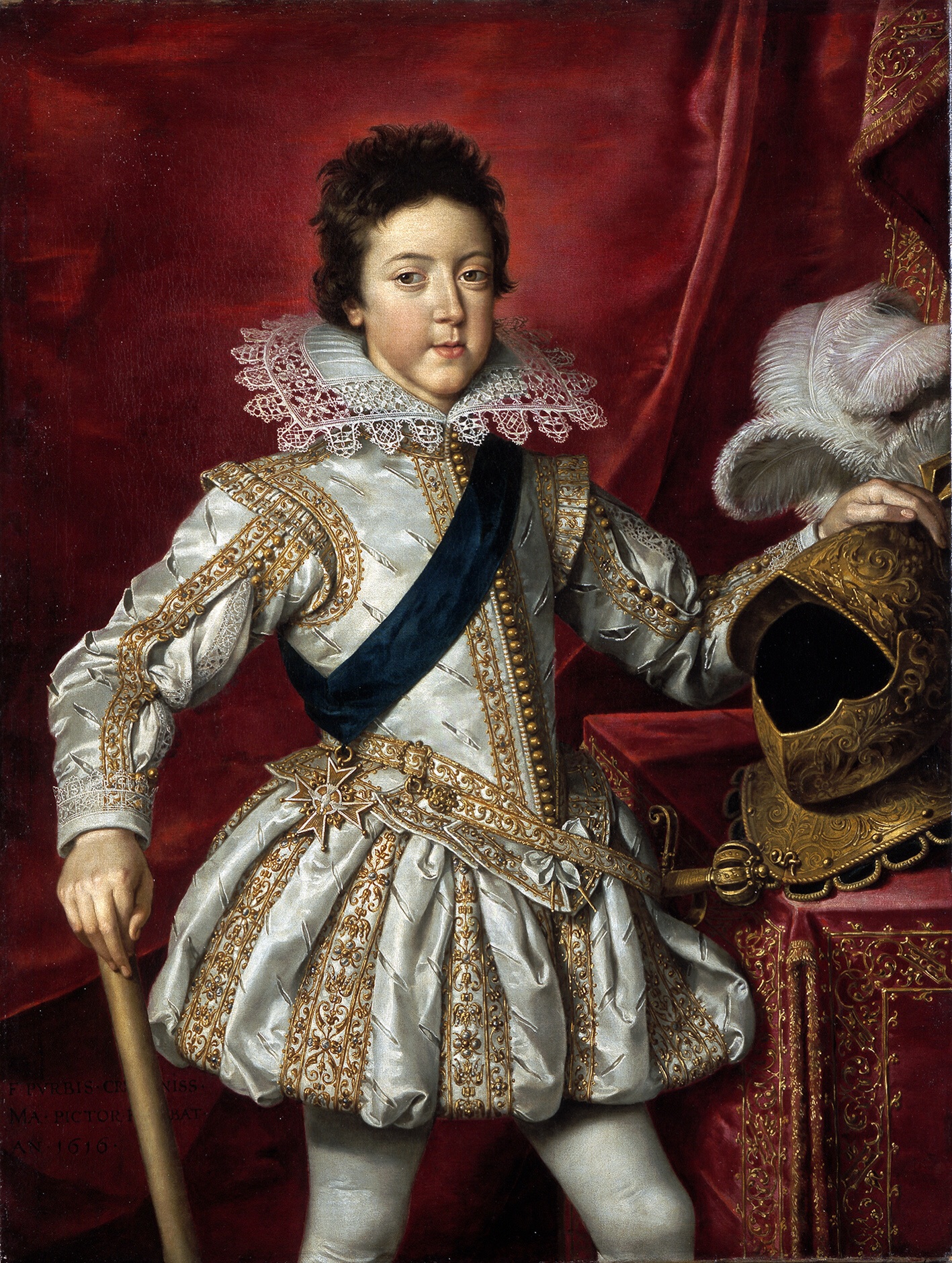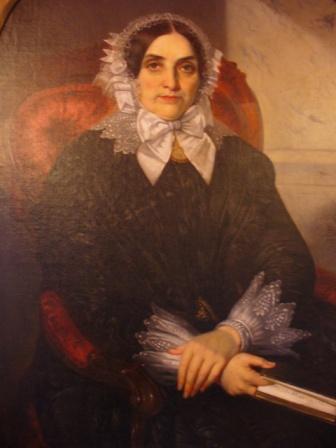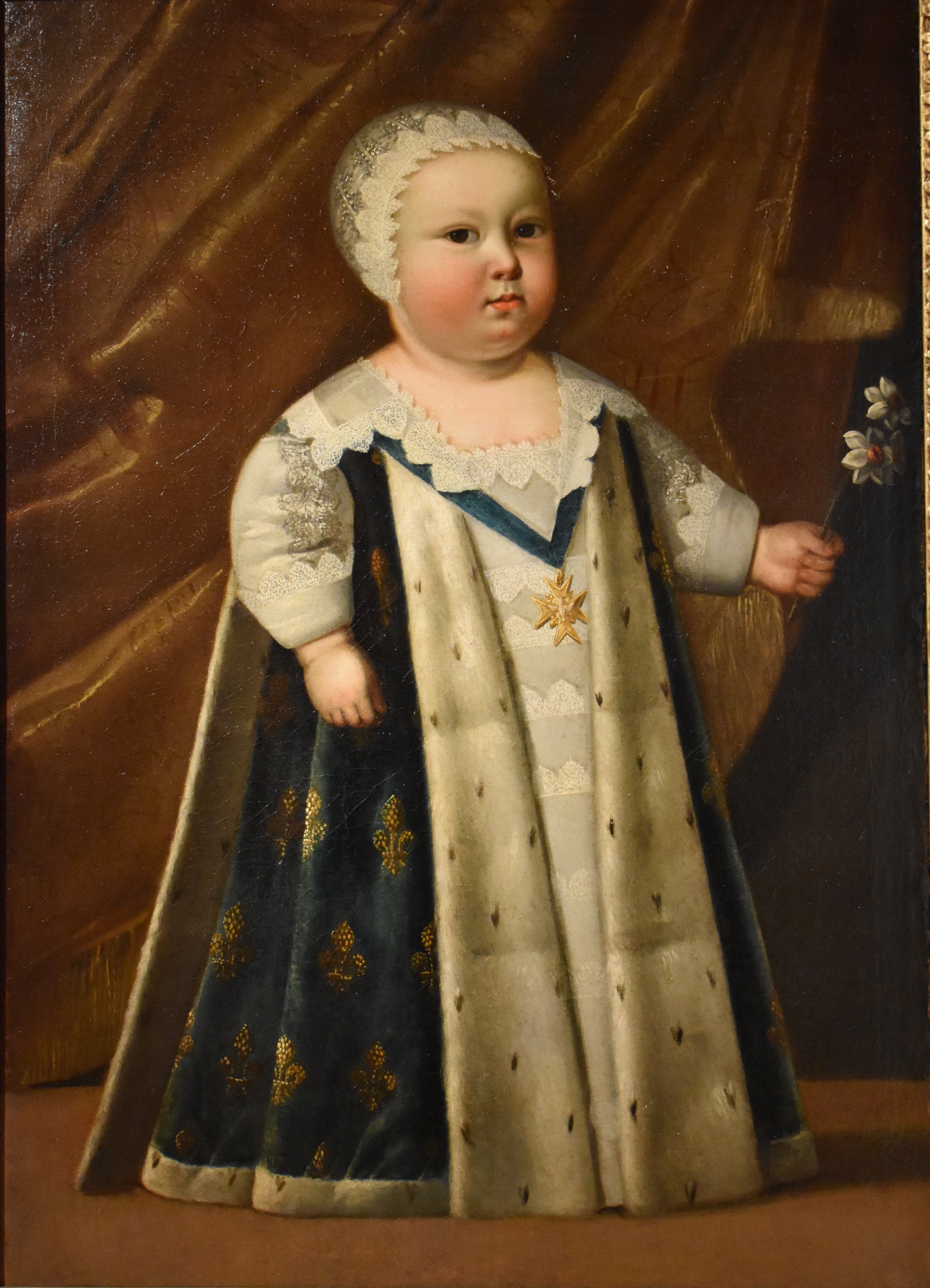|
Marie De Rohan
Marie Aimée de Rohan (December 1600 – 12 August 1679) was a French courtier and political activist, famed for being the center of many of the intrigues of the first half of the 17th century in France. In various sources, she is often known simply as ''Madame de Chevreuse''. Early life Marie de Rohan, styled ''Mademoiselle de Montbazon'', was the daughter of Hercule, Duke of Montbazon, who was governor of Paris and Île-de-France, ''pair de France'', Grand Huntsman, and of princely rank at the French court of Henry IV. As head of the House of Rohan, he owned great estates in Brittany and Anjou. Her mother was Madeleine de Lenoncourt, who died two years after her daughter was born. Her youngest half brother was François, Prince of Soubise, founder of the Soubise line of the House of Rohan. His wife was Anne de Rohan-Chabot, ''Madame de Soubise'', who was one time mistress of Louis XIV. First marriage On 13 September 1617, Marie de Rohan married Charles d'Albert, '' ... [...More Info...] [...Related Items...] OR: [Wikipedia] [Google] [Baidu] |
Duke Of Chevreuse
Duke of Chevreuse ( French ''Duc de Chevreuse'') was a French title of nobility, elevated from the barony of Chevreuse in 1545. Originally created for Jean de Brosse, Duc d'Étampes, it was transferred in 1555 to Charles of Guise, the Cardinal of Lorraine, and became a possession of the House of Guise, becoming the title of the Cardinal's grandnephew, Claude de Guise (1578–1655). It was sold in 1655 to his wife, Marie de Rohan, who transferred it to the son of her first marriage, the Duc de Luynes. It has since been held by the ducs de Luynes. Dukes of Chevreuse * Jean IV de Brosse (1545–1555) *Charles I (1555–1574) * Charles II (1574–1606) *Claude (1606–1655), elevated to duke-peer in 1612; peerage extinct 1655 upon sale of duchy *Marie de Rohan (1655–1663) * Louis Charles d'Albert (1663) * Charles Honoré d'Albert (1663–1704) * Charles Philippe d'Albert (1704–1735) * Marie Charles Louis d'Albert (1735–1768) * Louis Joseph Charles ... [...More Info...] [...Related Items...] OR: [Wikipedia] [Google] [Baidu] |
Brittany
Brittany (; french: link=no, Bretagne ; br, Breizh, or ; Gallo: ''Bertaèyn'' ) is a peninsula, historical country and cultural area in the west of modern France, covering the western part of what was known as Armorica during the period of Roman occupation. It became an independent kingdom and then a duchy before being united with the Kingdom of France in 1532 as a province governed as a separate nation under the crown. Brittany has also been referred to as Little Britain (as opposed to Great Britain, with which it shares an etymology). It is bordered by the English Channel to the north, Normandy to the northeast, eastern Pays de la Loire to the southeast, the Bay of Biscay to the south, and the Celtic Sea and the Atlantic Ocean to the west. Its land area is 34,023 km2 . Brittany is the site of some of the world's oldest standing architecture, home to the Barnenez, the Tumulus Saint-Michel and others, which date to the early 5th millennium BC. Today, the h ... [...More Info...] [...Related Items...] OR: [Wikipedia] [Google] [Baidu] |
Picardy
Picardy (; Picard and french: Picardie, , ) is a historical territory and a former administrative region of France. Since 1 January 2016, it has been part of the new region of Hauts-de-France. It is located in the northern part of France. History The historical province of Picardy stretched from north of Noyon to Calais via the whole of the Somme department and the north of the Aisne department. The province of Artois (Arras area) separated Picardy from French Flanders. Middle Ages From the 5th century, the area formed part of the Frankish Empire and, in the feudal period, it encompassed the six countships of Boulogne, Montreuil, Ponthieu, Amiénois, Vermandois and Laonnois.Dunbabin.France in the Making. Ch.4. The Principalities 888–987 In accordance with the provisions of the 843 Treaty of Verdun, the region became part of West Francia, the later Kingdom of France. The name "Picardy" derives from the Old French ''pic,'' meaning " pike", the characteristic weapon ... [...More Info...] [...Related Items...] OR: [Wikipedia] [Google] [Baidu] |
Anne Of Austria
Anne of Austria (french: Anne d'Autriche, italic=no, es, Ana María Mauricia, italic=no; 22 September 1601 – 20 January 1666) was an infanta of Spain who became Queen of France as the wife of King Louis XIII from their marriage in 1615 until Louis XIII died in 1643. She was also Queen of Navarre until that kingdom was annexed into the French crown in 1620. After her husband's death, Anne was regent to her son Louis XIV, during his minority, until 1651. During her regency, Cardinal Mazarin served as France's chief minister. Accounts of French court life of Anne's era emphasize her difficult marital relations with her husband, her closeness to her son, and her disapproval of her son's marital infidelity to her niece and daughter-in-law Maria Theresa. Early life Born at the in Valladolid, Spain, and baptised Ana María Mauricia, she was the eldest daughter of King Philip III of Spain and his wife Margaret of Austria. She held the titles of Infanta of Spain and of Portu ... [...More Info...] [...Related Items...] OR: [Wikipedia] [Google] [Baidu] |
Laurence De Montmorency
Laurence de Montmorency (1571–1654) was a French court official. She served as ''Première dame d'honneur'' to the queen of France, Anne of Austria, from 1615 until 1624. Until 1618, she shared her office with Inés de la Torre.Kleinman, Ruth: Anne of Austria. Queen of France. . Ohio State University Press (1985) Life Laurence de Montmorency was the daughter of Claude de Clermont-Montoison, and married in 1601 to duke and Constable Henri I de Montmorency in his third marriage. She was widowed in 1614. In 1615, she was appointed Première dame d'honneur to the new queen of France, Anne of Austria, upon her arrival in France. However, when Anne arrived at the French royal court in Paris, a dilemma occurred, as she was given a new household composed of Frenchmen upon her arrival, but did not wish to dismiss her Spanish retinue. A compromise was met where she was allowed to keep both households. This resulted in a situation where several offices at her court was split, and t ... [...More Info...] [...Related Items...] OR: [Wikipedia] [Google] [Baidu] |
Première Dame Du Palais
A première, also spelled premiere, is the debut (first public presentation) of a play, film, dance, or musical composition. A work will often have many premières: a world première (the first time it is shown anywhere in the world), its first presentation in each country, and an online première (the first time it is published on the Internet). When a work originates in a country that speaks a different language from that in which it is receiving its national or international première, it is possible to have two premières for the same work in the same country—for example, the play ''The Maids'' by the French dramatist Jean Genet received its British première (which also happened to be its world première) in 1952, in a production given in the French language. Four years later, it was staged again, this time in English, which was its English-language première in Britain. History Raymond F. Betts attributes the introduction of the film premiere to showman Sid Grauman, w ... [...More Info...] [...Related Items...] OR: [Wikipedia] [Google] [Baidu] |
Surintendante De La Maison De La Reine
''Surintendante de la Maison de la Reine'' ("Superintendent of the Queen's Household"), or only ''Surintendante'', was the senior lady-in-waiting at the royal court of France from 1619 until the French revolution. The ''Surintendante'' was selected from the members of the highest French nobility. History The office was created in 1619. Nadine Akkerman & Birgit Houben, eds. ''The Politics of Female Households: Ladies-in-waiting across Early Modern Europe''. Leiden: Brill, 2013 The Surintendante and the '' Governess of the Children of France'' were the only female office holders in France to give an oath of loyalty to the King himself.Jeroen Frans Jozef Duindam: ''Vienna and Versailles: The Courts of Europe's Dynastic Rivals, 1550-1780''. The surintendante had about the same tasks as the ''Première dame d'honneur'': receiving the oath of the female personnel before they took office and supervising them and the queen's daily routine, as well as organizing the accounts and staff l ... [...More Info...] [...Related Items...] OR: [Wikipedia] [Google] [Baidu] |
Louis XIII Of France
Louis XIII (; sometimes called the Just; 27 September 1601 – 14 May 1643) was King of France from 1610 until his death in 1643 and King of Navarre (as Louis II) from 1610 to 1620, when the crown of Navarre was merged with the French crown. Shortly before his ninth birthday, Louis became king of France and Navarre after his father Henry IV was assassinated. His mother, Marie de' Medici, acted as regent during his minority. Mismanagement of the kingdom and ceaseless political intrigues by Marie and her Italian favourites led the young king to take power in 1617 by exiling his mother and executing her followers, including Concino Concini, the most influential Italian at the French court. Louis XIII, taciturn and suspicious, relied heavily on his chief ministers, first Charles d'Albert, duc de Luynes and then Cardinal Richelieu, to govern the Kingdom of France. The King and the Cardinal are remembered for establishing the ''Académie française'', and ending the revolt of ... [...More Info...] [...Related Items...] OR: [Wikipedia] [Google] [Baidu] |
Luynes, Bouches-du-Rhône
Luynes () is a village of the Bouches-du-Rhône ''département'' in southern France. It is located 4 km south of Aix-en-Provence at the intersection of the D7 and N8 roads. The village is perhaps best known for its prison and for its three international schools. The ''Nécropole Nationale de Luynes'' is also located nearby. Luynes is bordered by the Massif du Montaiguet, which expands to Gardanne and Aix en Provence. It comprises chalky plateaux bordered by cliffs, forests of pines and oaks, and crops areas. In 1979 and 2005 the area was devastated by bush fires. Following these incidents, garrigue is now covering a wide area. Education The private school Saint François d’assise is in Luynes. * International Bilingual School of Provence * Lycée International Georges Duby Sport and Leisure In June 2011 Zinédine Zidane inaugurate his futsal sport complex: Z5. Z5 is also home to the gym Arène Aix. Prison Bernard Tapie Bernard Roger Tapie (; 26 January 1943 � ... [...More Info...] [...Related Items...] OR: [Wikipedia] [Google] [Baidu] |
Seigneur
''Seigneur'' is an originally feudal title in France before the Revolution, in New France and British North America until 1854, and in the Channel Islands to this day. A seigneur refers to the person or collective who owned a ''seigneurie'' (or ''seigneury'')—a form of land tenure—as a fief, with its associated rights over person and property. A seigneur could be an individual—male or female (''seigneuresse''), noble or non-noble (''roturier'')—or a collective entity such a religious community, monastery, seminary, college, or parish. This form of lordship was called ''seigneurie'', the rights that the seigneur was entitled to were called ''seigneuriage'', and the jurisdiction exercised was ''seigneur justicier'' over his fief. In the wake of the French Revolution, seigneurialism was repealed in France on 4 August 1789 and in the Province of Canada on 18 December 1854. Since then, the feudal title has only been applicable in the Channel Islands and for sovereign p ... [...More Info...] [...Related Items...] OR: [Wikipedia] [Google] [Baidu] |
Louis XIV Of France
, house = Bourbon , father = Louis XIII , mother = Anne of Austria , birth_date = , birth_place = Château de Saint-Germain-en-Laye, Saint-Germain-en-Laye, France , death_date = , death_place = Palace of Versailles, Versailles, France , burial_date = 9 September 1715 , burial_place = Basilica of Saint-Denis , religion = Catholicism ( Gallican Rite) , signature = Louis XIV Signature.svg Louis XIV (Louis Dieudonné; 5 September 16381 September 1715), also known as Louis the Great () or the Sun King (), was King of France from 14 May 1643 until his death in 1715. His reign of 72 years and 110 days is the longest of any sovereign in history whose date is verifiable. Although Louis XIV's France was emblematic of the age of absolutism in Europe, the King surrounded himself with a variety of significant political, military, and cultural figures, such as Bossuet, Colbert, Le Brun, Le Nôtre, Lully, Mazarin, Molière, Racine, ... [...More Info...] [...Related Items...] OR: [Wikipedia] [Google] [Baidu] |
.jpg)
.jpg)



